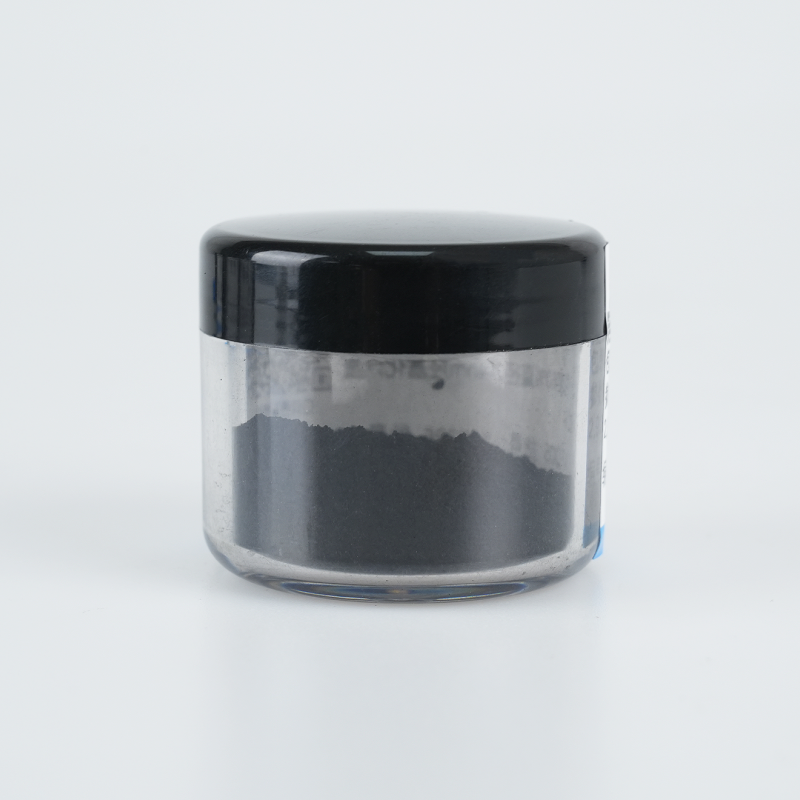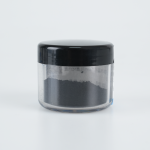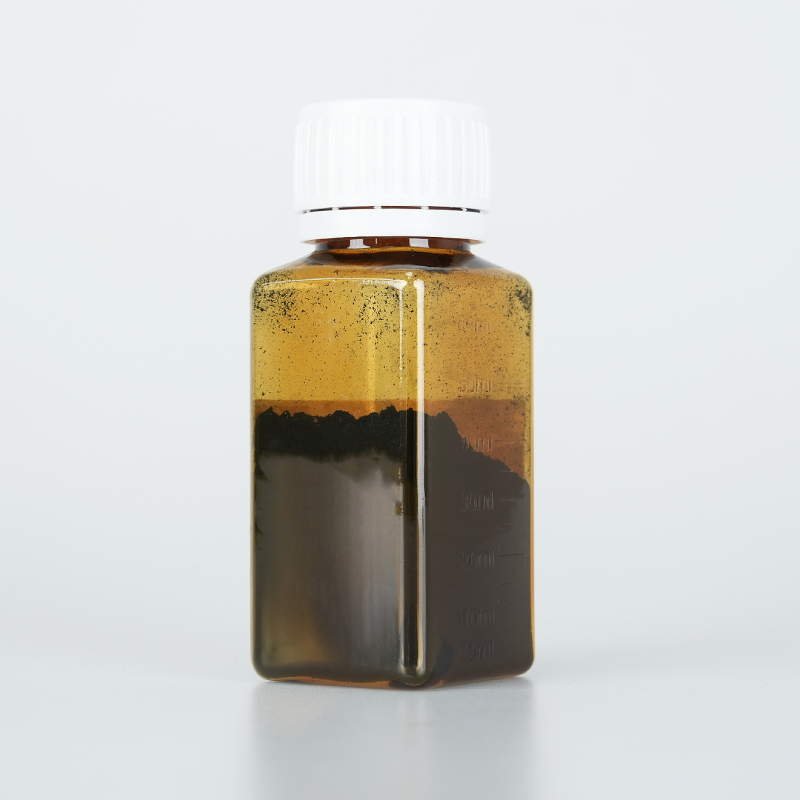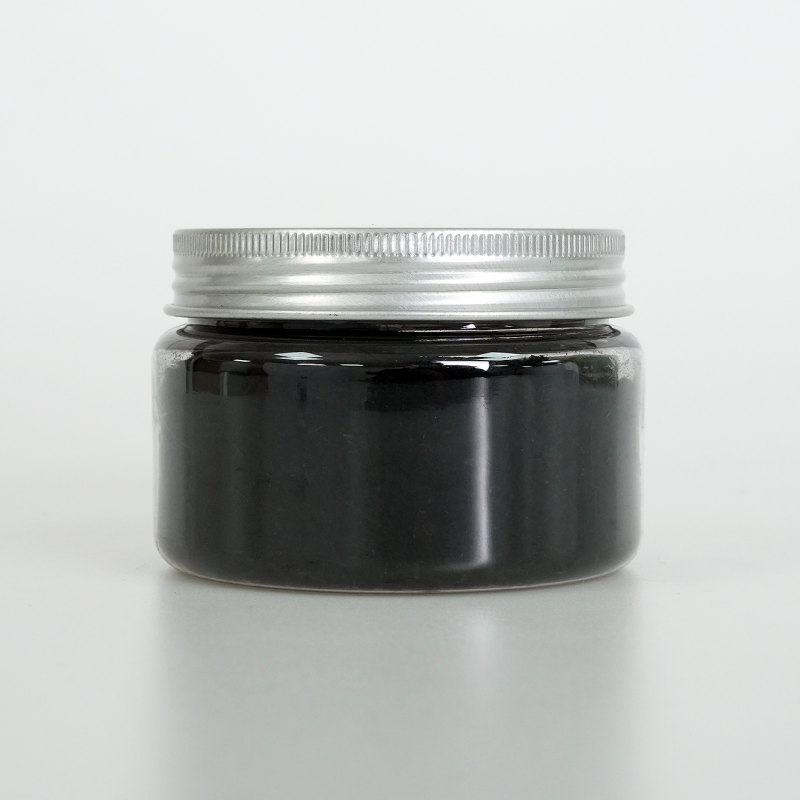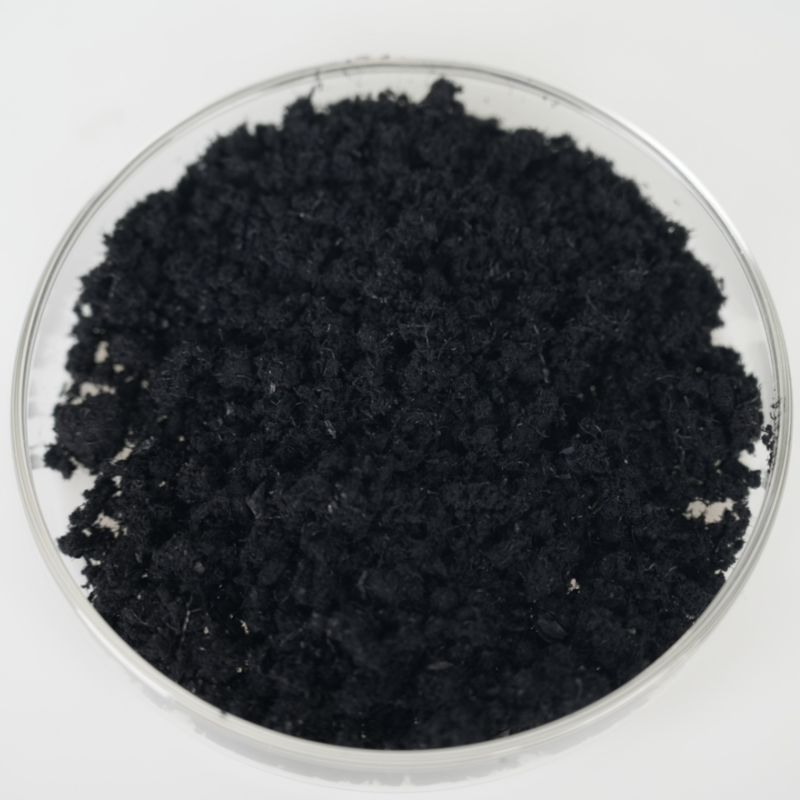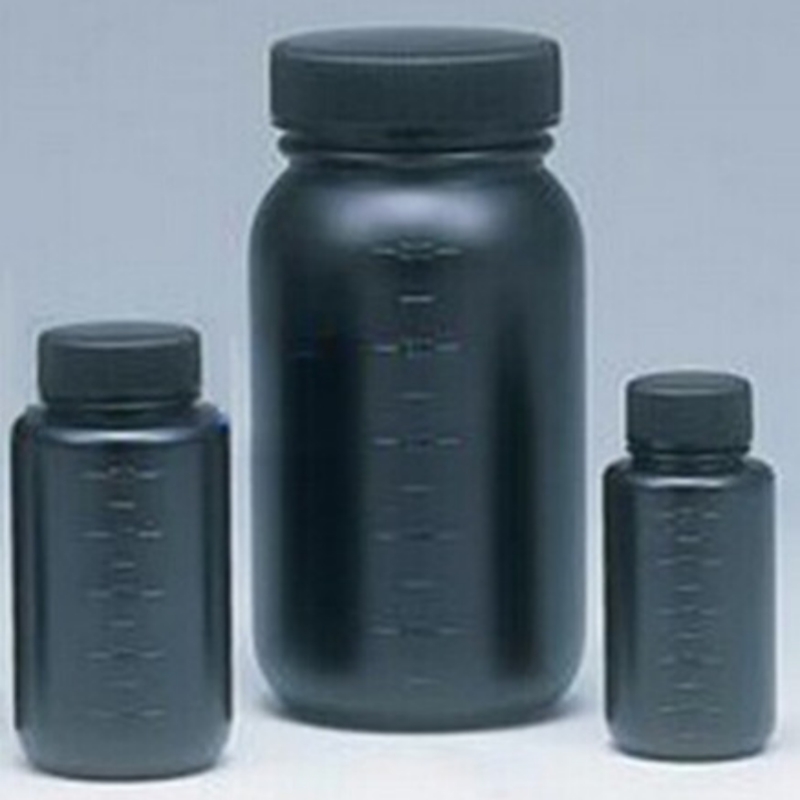Hydroxylated double-walled carbon nanotubes (DWNTs) offer enhanced surface reactivity, optimized dispersion properties, and superior electrical conductivity. Designed for advanced applications, they provide efficient functionalization, extended durability, and high-performance adaptability.
Product Overview
Hydroxylated double-walled carbon nanotubes are tubular nanomaterials made from two concentric layers of rolled graphite sheets. Surface hydroxylation enhances their dispersion and chemical reactivity. These nanotubes combine high strength, electrical conductivity, and thermal conductivity, making them ideal for advanced applications across various fields.
Key Features
- Superior Mechanical Properties:Exceptional strength and toughness make them suitable for enhancing the mechanical performance of composite materials.
- Outstanding Electrical Performance:Excellent conductivity meets the requirements for electronic devices and electrode materials.
- Efficient Thermal Conductivity:High thermal conductivity enables effective heat transfer for thermal management applications.
- Large Surface Area:Provides numerous active sites, ideal for catalysis and adsorption processes.
- Surface Functionalization:Hydroxylation enhances bonding with other materials, expanding their application range.
Applications
- Composite Materials:Improve the strength and toughness of plastic, rubber, and metal matrices for high-performance composite production.
- Electronic Devices:Used in high-performance conductive inks, sensors, and flexible displays.
- Electrode Materials:Boost energy storage and power output efficiency in lithium-ion batteries and supercapacitors.
- Catalysts and Carriers:Serve as catalysts or supports, offering more active sites to improve catalytic reaction efficiency.
- Energy Sector:Applied in hydrogen storage materials and other renewable energy technologies.
- Electromagnetic Shielding:Used in applications like wave absorption and stealth technology.
- Biomedical:Function as drug carriers, improving delivery efficiency and controlled release for biomedical research.
- Scientific Research:Widely used in the fundamental and applied research of nanomaterials, supporting interdisciplinary studies.
| Technical Parameter | Value |
| Diameter | 2-4 nm |
| Purity | >60% |
| Length | 0.5-2 µm / ~50 µm |
| Hydroxyl Content | 2.92 wt% |
| SSA | >350 m²/g |
| True Density | ~2.1 g/cm³ |
| Electrical Conductivity (EC) | >100 s/cm |
| Color | Black |
 new material
new material

